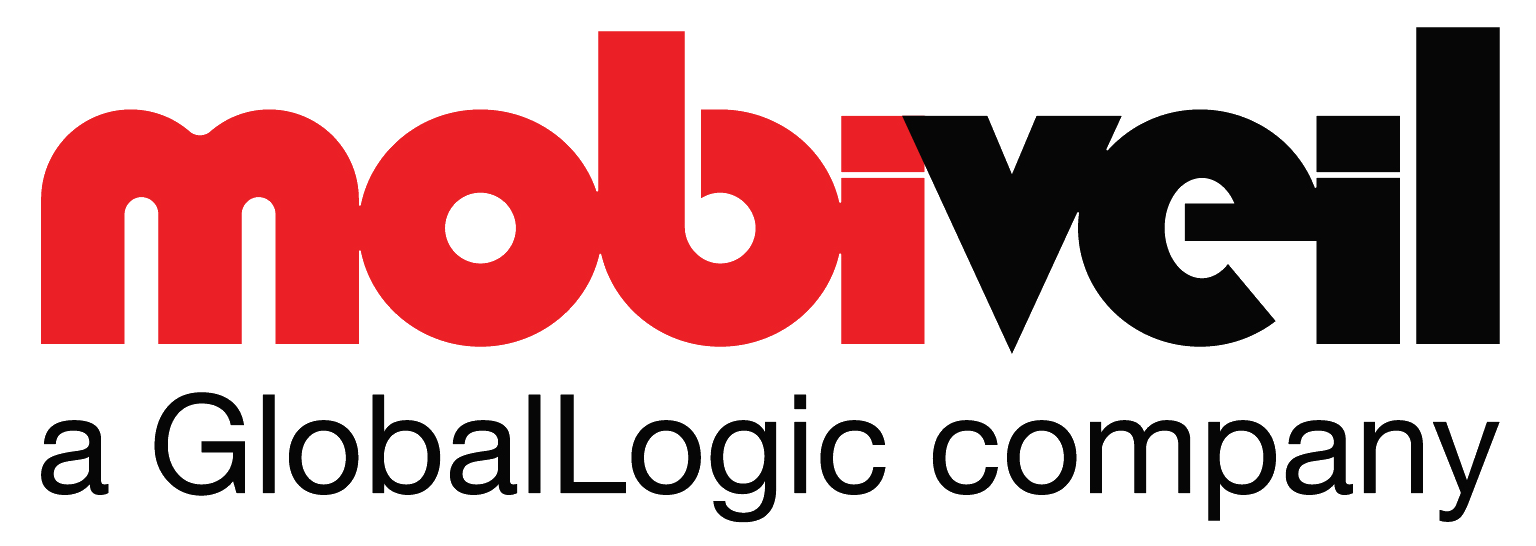Immediate opportunities for the highly anticipated IoT market are not in consumer applications, but in industrial IoT and security it demands.
A couple of weeks ago, I attended a panel discussion led by Vic Kulkarni, vice president and general manager, ANSYS, Inc. at the ANSYS IoT Executive Symposium in Santa Clara. Its purpose was to explore how to cope with managing a Trillion IoT devices (according to IDC) in the not too distant future.
On hand to discuss possible solutions were six panelists from ARM, Intel, STMicroelectronics, Stanford University, General Electric, and Quicklogic.
I came away with two distinct impressions.
One was that while we hear a lot about IoT in consumer applications like refrigerator or toaster oven connected to Internet etc., the immediate and bigger opportunity seems to be in industrial and commercial applications.
The second was that security will be a key factor in the growth of IoT in various vertical markets. From the security point of view, we can only say to what extent a system will be secure as nothing connected online will be fool proof against a smart and determined hacker.
Jesse DeMesa, Software CTO at GE sees the Internet of Things being deployed in energy, transportation and medicine. His vision is of the convergence of the physical and analytical worlds made possible by sensors tied to cloud computing.
GE alone has tens of thousands wind turbines, locomotives, and jet engines, as well as hundreds of medical image scanners. Each can contain hundreds of sensing devices monitoring critical operational functions and reporting this information to the cloud.
Deriving value from this deluge of data the Internet of Things is producing is the challenge to established and newly emerging companies.
Susan Athey, Stanford University Professor, questioned whether the market would develop through a vertical model—one large company developing a complete solution that others emulated—similar to what Apple did with the smartphone. Or would it develop as massive general-purpose platforms similar to what Google is doing with Android and other initiatives.
On the matter of securing the Internet of Things, Lorie Wigle, vice president, IoT Security Solutions at Intel McAfee made the case for security from the individual IoT sensor all the way to the cloud. This would involve ensuring device integrity and being able to determine device identity. It would include providing data protection from device to cloud, while maintaining network security from device to cloud. In addition, it would also demand private and public cloud integrity and security, with hardware being employed to assure integrity and identity.
Dipesh Patel, executive vice president at ARM declared that you can’t do Big Data unless you trust Little Data. Thus, ARM sees an opportunity to create value by enabling trust and security in IoT devices. Securing the CPU core requires a secure data store to contain crypto keys to gate access to the CPU.
While new database architectures like Hadoop are emerging for big data analytics, an important requirement is that the collected data is useful and trustworthy. This demands the sensors to be more intelligent to differentiate useful data.
Another discussion was about standardization of end-point device operating systems so that these connected devices can interoperate smoothly.
I came away with the notion that it’s not a matter of if the Internet of Things will achieve the trillion-unit volume everyone keeps citing but when. The technology and business drivers of IoT are relentless and the competitive pressure is making adoption of the Internet of Things irresistible.
– Ravi Thummarukudy is CEO of Mobiveil, Inc.
